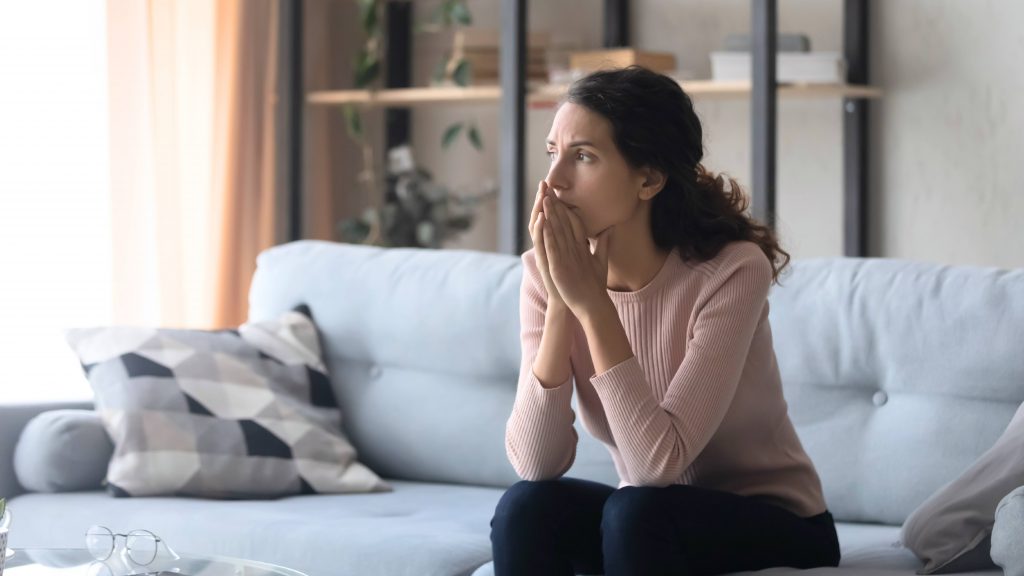-
Bladder issues common for women of all ages

For many women, especially those who have had children, leakage of urine is a common complaint. So, too, is an urgency to use the bathroom.
These conditions are among the most common pelvic floor issues affecting women, according to Dr. Olivia Cardenas-Trowers, a Mayo Clinic urogynecologist. Pelvic floor disorders vary, but they are more common than most people might think.
Watch: Dr. Olivia Cardenas-Trowers talks about common bladder issues for women of all ages.
Journalists: Broadcast-quality video is available in the downloads at the end of the post. Please courtesy: Mayo Clinic News Network. Name super/CG: Olivia Cardenas-Trowers, M.D./Gynecology/Mayo Clinic.
Not uncommon
"About 1 in 4 women over age 20 have some type of pelvic floor disorder, and that can include leakage of urine or stool; urgency; as well as other issues, such as feeling like their vagina is coming down," says Dr. Cardenas-Trowers.
A common misconception is that pelvic floor disorders only occur in the elderly or they occur at a certain age. But that is untrue, says Dr. Cardenas-Trowers. "These issues are more common in people who are in their 40s and 50s and older, but that can happen in younger people for various reasons."
Overactive bladder is a condition that causes a sudden urge to urinate. The condition is estimated to affect about 33 million Americans.
With a healthy bladder, the brain signals that the bladder is getting full. "When you get to a bathroom, your bladder muscles contract and force urine out of the bladder. Overactive bladder can result from the nerve signals between the bladder and the brain not functioning properly. People with overactive bladders frequently feel a sudden urge to urinate," says Dr. Cardenas-Trowers.
Overactive bladder may be difficult to control. The need to pass urine many times during the day and night may unintentionally result in the loss of urine, known as urgency incontinence.
Stress incontinence — the leakage of urine when they cough, sneeze, laugh or exercise — is a condition many women report as they age. Pelvic prolapse, where the structures inside the body are not sitting where they should, also can affect the bladder based on how the vagina or uterus are positioned and if they may be pushing on the bladder.
Potential treatment
"Many women believe that these issues are normal and nothing can be done. Conversely, other women are embarrassed or uncomfortable discussing pelvic issues. I encourage all women to speak to their health specialist if they are experiencing any pelvic floor concerns. Contrary to belief, there are now many options to help manage symptoms and improve one's quality of life," says Dr. Cardenas-Trowers.
"Simple behavioral strategies, such as dietary changes, timed voiding and bladder-holding techniques, may be helpful for some women. Pelvic floor therapy exercises can also be valuable, but there are also medical and surgical treatment options available," she adds.
A brief evaluation with a urogynecologist can determine whether there is a specific cause of bladder issues and what treatments can best manage the symptoms.
Related posts:
- 5 tips to prevent a urinary tract infection.
- Mayo Clinic Q and A: How to treat painful bladder syndrome.
- Mayo Clinic Minute: Treatment options for stress urinary incontinence.







